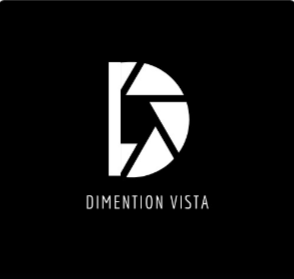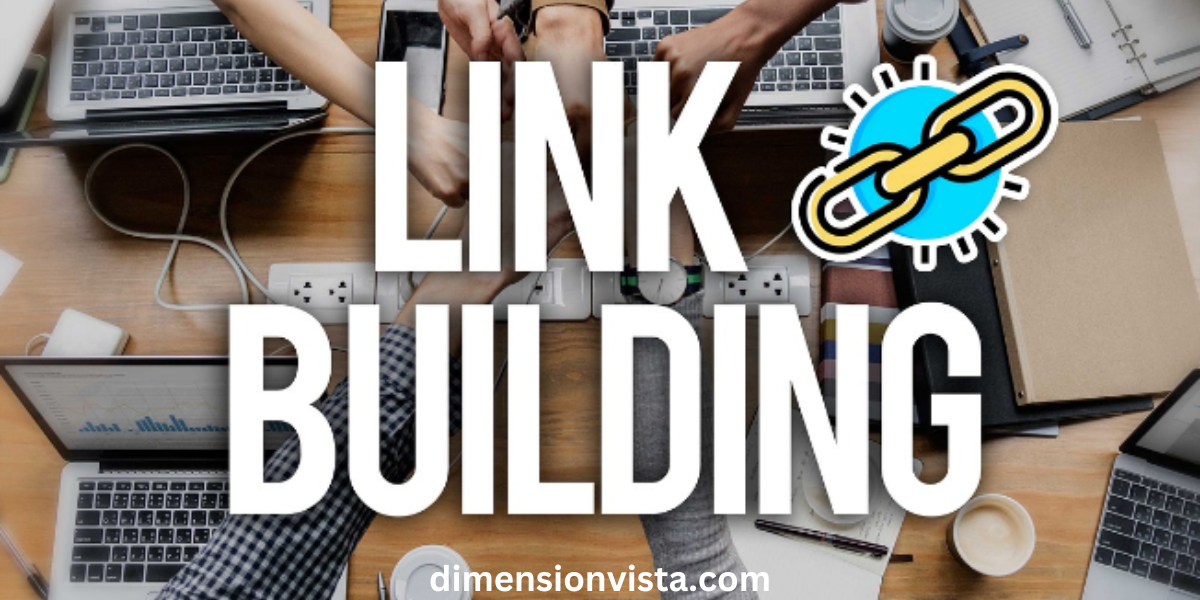In the ever-evolving landscape of SEO, link building remains a cornerstone of a successful digital marketing strategy. However, basic link-building tactics like directory submissions and blog comments no longer provide the competitive edge they once did. To truly boost your website’s authority and search engine rankings, you need a well-crafted, advanced link-building strategy that aligns with Google’s latest algorithms and best practices.
This article explores action able, cutting-edge crafting effective link building strategies techniques that go beyond the basics. Whether you’re an SEO professional or a business owner looking to improve your online presence, these strategies will help you build high-quality backlinks that drive organic traffic and improve search rankings.
The Importance of Link Building in SEO

Backlinks act as votes of confidence from other websites, signaling to search engines that your content is valuable and authoritative. High-quality backlinks can:
- Improve search rankings
- Increase referral traffic
- Enhance domain authority and credibility
- Strengthen brand visibility and online reputation
With Google’s emphasis on E-A-T (Expertise, Authoritativeness, Trustworthiness), acquiring links from authoritative and relevant sources has never been more critical.
Advanced Link-Building Strategies

1. Digital PR for High-Authority Backlinks
Digital PR is one of the most effective modern link-building techniques. By creating and promoting compelling content, businesses can earn mentions and backlinks from reputable media outlets, journalists, and industry leaders.
How to leverage digital PR:
- Conduct original research and publish insightful reports.
- Create newsworthy content such as case studies, industry trends, and expert opinions.
- Use platforms like HARO (Help a Reporter Out) to connect with journalists seeking expert insights.
- Collaborate with influencers and thought leaders in your niche.
2. Skyscraper Technique 2.0
The Skyscraper Technique, popularized by Brian Dean, involves identifying high-performing content in your industry and creating an even better version. The updated approach focuses on adding more value and targeted outreach.
Steps to execute Skyscraper 2.0:
- Find top-ranking content with high backlink profiles.
- Create a superior, more in-depth version with updated statistics, improved visuals, and better formatting.
- Reach out to sites linking to the original piece, offering your updated version as a better resource.
- Promote the content through social media and email outreach.
3. Niche Edits & Contextual Backlinks
Niche edits, also known as link insertions, involve placing backlinks into existing, high-authority content rather than creating new guest posts.
Best practices for niche edits:
- Identify relevant articles with strong domain authority.
- Reach out to webmasters, offering to update their content with valuable insights and a relevant link.
- Ensure the inserted links are contextual and enhance the reader’s experience.
4. Strategic Guest Posting
While guest posting is a well-known link-building tactic, it’s essential to focus on high-quality, niche-relevant websites rather than quantity.
Effective guest posting strategies:
- Target websites with high domain authority and engaged readership.
- Create high-value, original content tailored to the host site’s audience.
- Avoid over-optimized anchor text to maintain a natural link profile.
- Establish long-term relationships with authoritative blogs for ongoing collaborations.
5. Broken Link Building
Broken link building involves identifying broken links on authoritative websites and offering your content as a replacement.
Steps to execute broken link building:
- Use tools like Ahrefs, SEMrush, or Check My Links to find broken links.
- Reach out to webmasters, notifying them of the issue and suggesting your relevant content as a replacement.
- Offer value in your outreach message to increase the chances of acceptance.
6. Leveraging Unlinked Brand Mentions
If your brand is mentioned on a website without a hyperlink, you have a prime opportunity to turn that mention into a backlink.
How to find and convert unlinked mentions:
- Use tools like Google Alerts, Ahrefs, or Mention to track brand mentions.
- Contact the website owner or author, politely requesting a link to your website.
- Ensure the linked page is relevant to the mention for a natural backlink.
7. Resource Page Link Building
Many websites have dedicated resource pages that link to valuable industry content.
How to acquire resource page links:
- Identify relevant resource pages in your niche.
- Reach out to webmasters, suggesting your content as a valuable addition.
- Ensure your content is comprehensive and genuinely helpful to the audience.
Best Practices for Sustainable Link Building

To maintain a natural and effective backlink profile, follow these best practices:
- Prioritize quality over quantity: Focus on authoritative and relevant backlinks rather than low-quality, spammy links.
- Diversify your link sources: A natural backlink profile includes links from blogs, news sites, forums, and social media.
- Optimize anchor text naturally: Avoid over-optimized exact-match anchors; use a mix of branded, generic, and long-tail anchor texts.
- Monitor and disavow toxic links: Regularly audit your backlink profile using tools like Google Search Console and disavow harmful links.
Conclusion
Building a robust link profile requires more than just the basics. By implementing advanced strategies like digital PR, the Skyscraper Technique, niche edits, and broken link building, you can earn high-quality backlinks that boost your SEO performance. Focus on value-driven, ethical link-building practices to ensure long-term success in search rankings.
Start applying these strategies today and watch your website’s authority and traffic grow.

